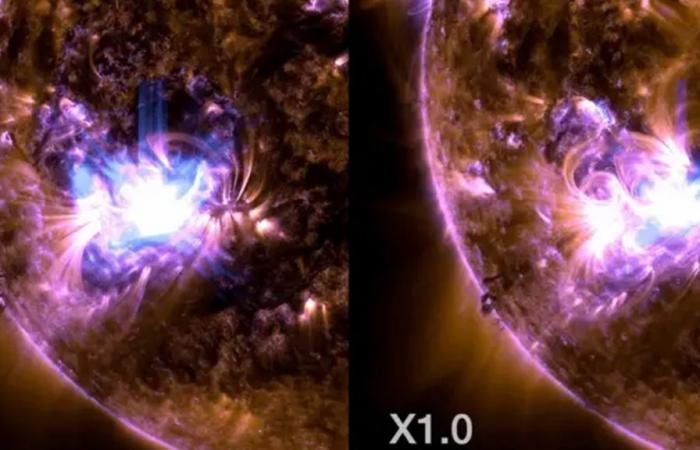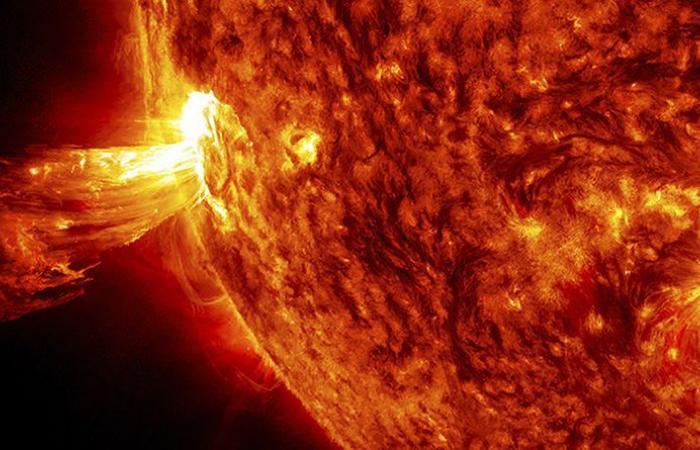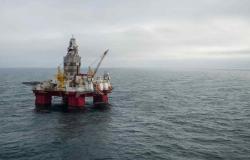The Solar Dynamics Observatory the National Aeronautics and Space Administration (NASA), which constantly monitors the Sun, captured images of unique solar events and posted them on its website. In them you can glimpse two solar flareswhich exhibit a subset of extreme ultraviolet light, which in turn highlights the extremely hot material of blue and gold flares.
Solar flares are powerful energy explosions They can affect radio communications, electrical networks and navigation signals and pose a challenge for spacecraft and astronauts.
Their classification is based on the intensity of the X-ray radiation they give off, measured in units known as “burst classes.” Class X is the most powerful, followed by classes M and C. Within class waveform from 1 to 8 angstroms.
solar flares
What were the solar flares captured by NASA?
The first eruption is classified as X1.4 and the second as X1.0. Talking about class X eruptions means that they are the most intense, while the number provides more information about their strength.
So, an eruption defined as X1.4 has a slightly higher intensity than one classified as X1.0.. The classification X1.4 speaks of an eruption that emitted a relevant amount of X-ray radiation at the mentioned wavelength, while X1.0 indicates a slightly smaller amount, but still very strong.
These solar flares can have impacts on Earth, such as interference with radio communications and satellite navigation networks, as well as the potential to generate auroras visible at lower than normal latitudes.
nasa sun flare
What is the training that NASA astronauts are doing to return to the moon?
Training NASA astronauts to return to the Moon involves a series of intensive programs created to prepare them physically, mentally and technically for lunar missions. Here are some main aspects of the training:
-
Simulator training: Astronauts spend a significant amount of time in simulators that replicate the circumstances they will face on the Moon. This includes lunar landing simulators, lunar rover simulators, and spacewalk simulators on simulated lunar surfaces.
-
Reduced gravity training: Astronauts engage in parabolic flights and training in neutral flotation pools to simulate the reduced gravity they will experience on the Moon. This helps them become familiar with movement and orientation in low-gravity contexts.
-
Space Vehicle Operations Training: Astronauts receive intensive training in the function and operation of the space vehicles they will use on the lunar projects, including lunar landers, lunar rovers, and other specialized equipment.
-
Survival skills training: Since lunar missions involve working in a complex and remote environment, astronauts receive training in survival tools, including training in survival techniques in the desert areas and training in rescue procedures.
-
Communications and teamwork training: Astronauts learn to communicate effectively and work as a team in extreme, high-pressure environments. This includes instruction in emergency communications and conflict resolution in difficult situations.
-
Lunar science and exploration training: Astronauts are trained in lunar geology, space science, and exploration of planetary surfaces so they can conduct scientific research during lunar missions and obtain samples of lunar rocks and soils.
-
Training in life support and maintenance systems: Astronauts learn to operate and maintain the life support systems of the spacecraft and lunar habitats, including oxygen, water and food supply structures, as well as environmental control structures.







